Marcelo Viquez
Anónima
Opening – 26 APR 2024, 6-9 pm
Kewenig pied-à-terre
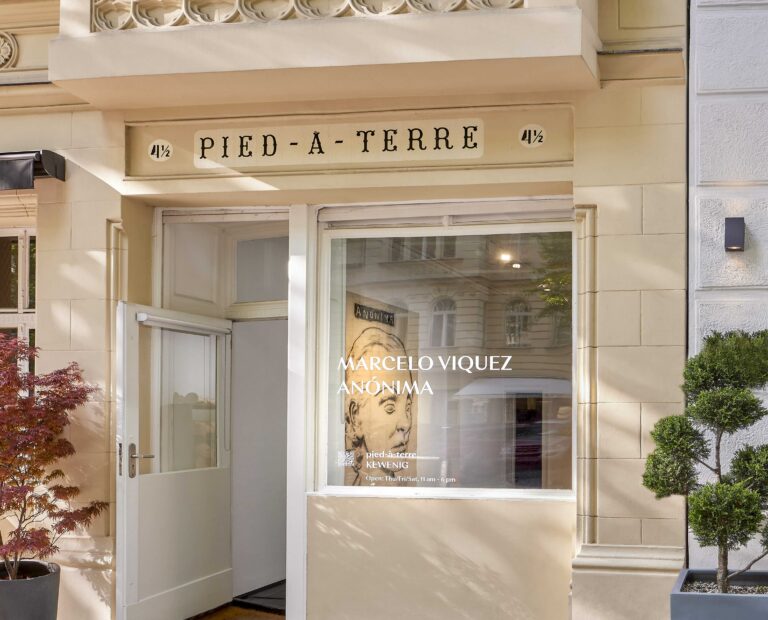
Installation view Marcelo Viquez ‘Anónima’, pied-à-terre
Foto: Lepkowski Studios Berlin
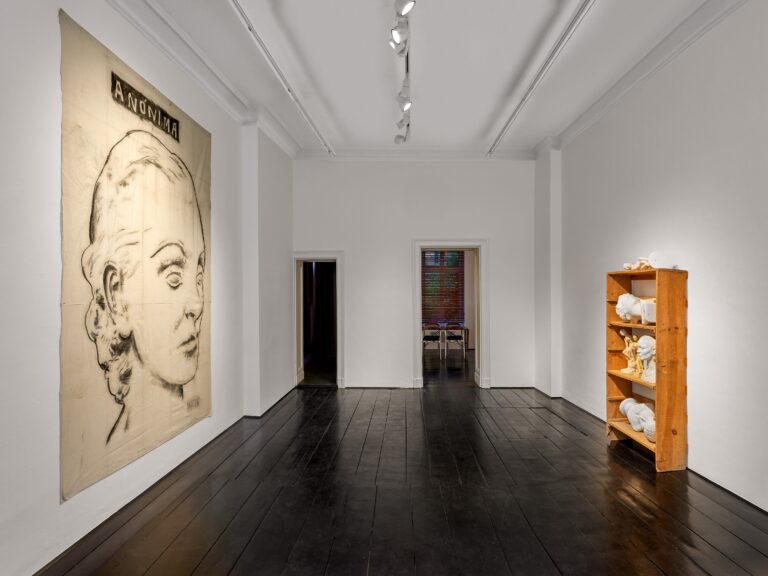
Installation view Marcelo Viquez ‘Anónima’, pied-à-terre
Foto: Lepkowski Studios Berlin
Based on ancient beauty ideals, Marcelo Viquez explores a visual language that extends into contemporary art. This is the starting point of his first exhibition at pied-à-terre, following several solo exhibitions at KEWENIG in Palma de Mallorca, the artist’s adopted home.
In one of the installations shown here, replicas of busts and figurines made of plaster stand and lie on a simple wooden shelf. They are stowed away here, not even presented in an appealing way. They are figures that are often easy to identify: the Venus de Milo, the head of Michelangelo’s David and, twice, the Bathing Venus by Christophe-Gabriel Allegrain. These figures, mass-produced on a reduced scale, may seem familiar to most beholders because they have long been part of our current, generally available stock of images.
The bust of a woman on the shelf, however, shows no characteristics that would lead one to attribute to a fa- mous work of art. She is anonymous. And this is also the legible title of the portrait, which Viquez has drawn in charcoal on canvas for an almost room-high enlargement and made the centrepiece of the exhibition. This gives the woman a presence that she would otherwise be denied because her image has not become part of art history and so not part of popular, mass taste determined by the market and the media. The large-format drawing, however, illustrates details, recognisable features that, like a mugshot or ID, are designed to be recognisable.
A series of ink drawings shows another facet of Viquez’s strategy: the bodies on the numbered sheets are rec- ognisable in details or familiar characteristics (such as the missing arms of the Venus de Milo), but sometimes they are also reminiscent of the badly battered, naked bodies depicted in Francisco de Goya’s Desastres de la guerra. The bodies differ from the depictions of the heads in terms of the clarity of the line: if they ever had individual features, the pen and ink have blurred and anonymised them.
The centrepiece of another installation is Michelangelo’s David, the major sculptural work of the Renaissance, which takes up ancient ideals and at the same time establishes an innovative catalogue of the theory of pro- portion. A black-and-white photograph of the (reproduced) original figure is juxtaposed with seven fragments of the epoxy resin cast: These are individual body parts which, each on its own, point to the identity of the work. The decomposition of David, which Viquez has already executed in earlier works, thus enigmatically sug- gests a certain individuality, but at the same time draws attention to the commodity character, the mass suita- bility and the banalisation of the object.
It is connections such as these that Viquez is able to create and convey through his work. As this exhibition shows through these new works, it turns out to be a profound, personal game that is capable of sustainably challenging familiar visual experiences and the visual memory, in unexpected, seemingly ephemeral new ar- rangements.
Marcelo Viquez was born in 1971 in Montevideo, Uruguay, and has lived in Mallorca for several decades. His artistic practice includes drawing, painting, sculpture, installation and video art. He has been associated with the KEWENIG Gallery for a long time and his works have been exhibited there several times. He has also participated in numerous group exhibitions and has been honoured with solo exhibitions in prestigious institutions in Mallorca, such as the CCA Andratx (2009), the Museu d’art modern i contemporani de Palma, Es Baluard (2014), and recently at Casal Soleric, Palma de Mallorca (2024).
XIELLA
With works by Ghada Amer, Cabrita, Jose Dávila, Elger Esser, Jannis Kounellis, Hendrik Krawen, Martin Mlecko and Peter Wüthrich
Opening – 26 APR 2024, 6-9 pm
Kewenig
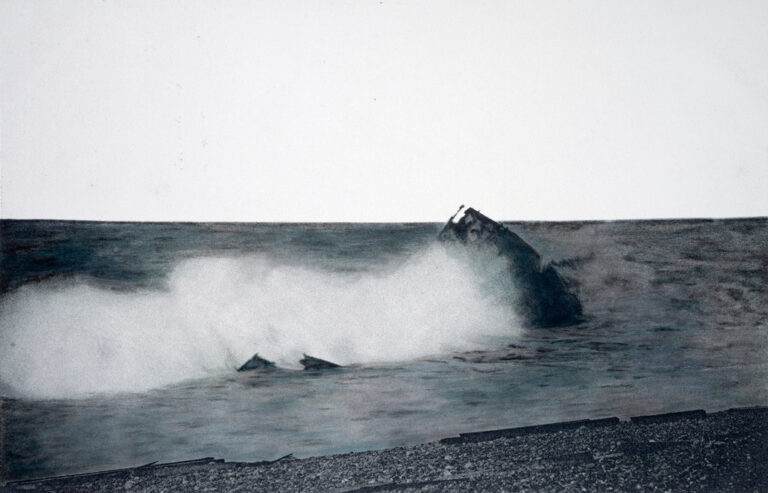
Elger Esser
Dieppe, 2007
b/w-print, hand coloured, framed
184 x 288 x 4 cm
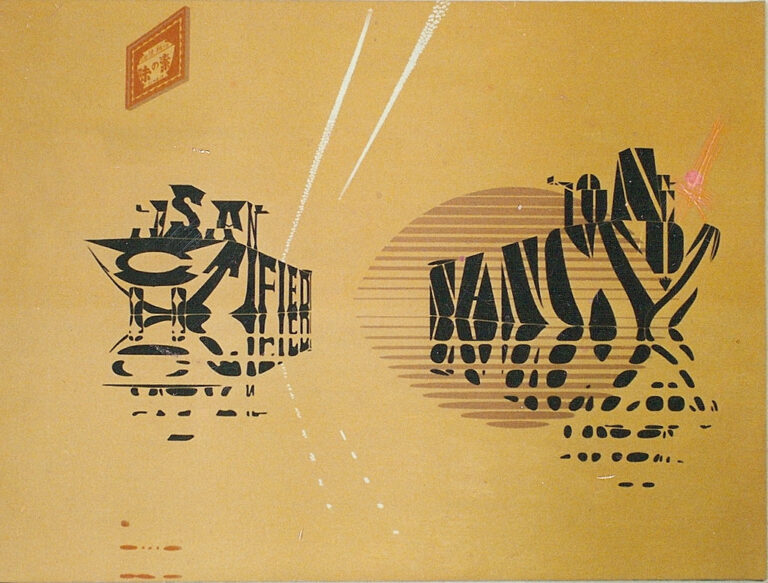
Hendrik Krawen
M.s.g.m, 1994
Oil on canvas
130 x 175 cm
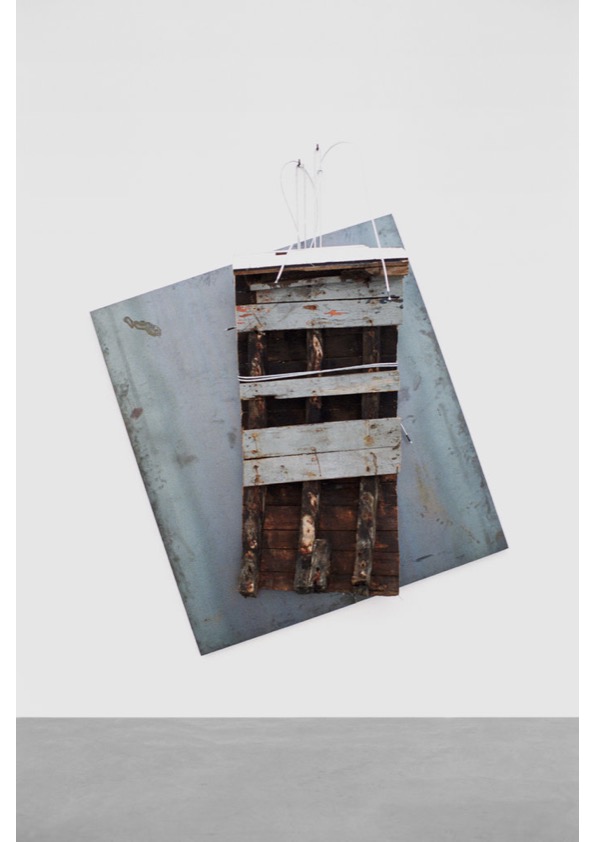
Jannis Kounellis
Albatros, 2001
Steel, boat fragment, steel, cable
Boat fragment 185 x 91 x 33 cm, steel plate 200 x 180 cm
